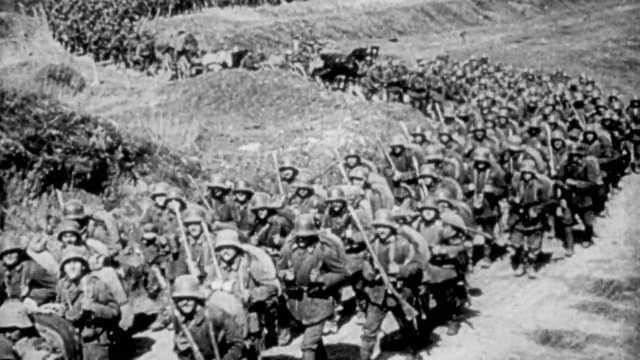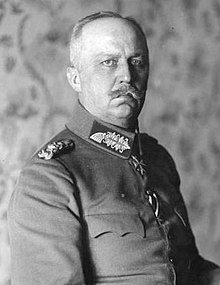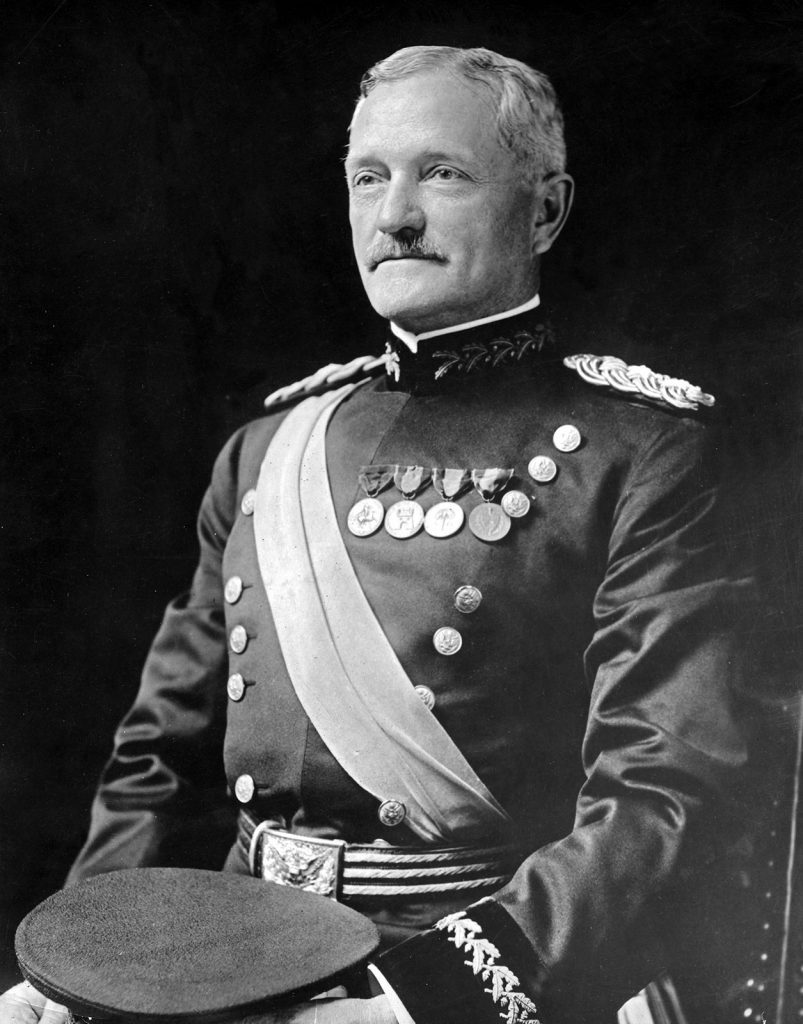The 2nd Bloodiest Day Of WW1.

This started on March 21st 1918 and is also known as Operation Michael.
In essence, the plan was simple, drive through the British lines in a north westerly direction to reach the sea. General Erich Ludendorff, the Chief of the German General Staff however changed the plan to first head west to divide the British and French forces before heading for the ports and cutting off supplies to the BEF.

It was launched from the Hindenburg Line near Saint Quentin.
Operation Michael, which marked the first sizeable German offensive against Allied positions on the Western Front in more than a year with a five-hour-long bombardment of allied positions near the Somme River. More than 9,000 pieces of German artillery were landed in the face of the poorly prepared British 5th Army was rapidly overwhelmed and forced into retreat. For a week, the Germans pushed toward Paris, shelling the city from a distance of 80 miles with their “Big Bertha” cannons By March 25, they had crossed the Somme and broken through the Allied lines.

Hampered by a lack of supplies and cavalry, as well as hardening Allied defenses, German troops became exhausted, and by the end of March the Allies had halted their advance. On April 2, the American General John J Pershing, sent several thousand fresh American troops down into the trenches to fight alongside the British and French. It was the first major deployment of American troops in World War I.

By April 5, when Ludendorff shut down the attacks, Operation Michael had produced the biggest gains of territory on the Western Front by either side since 1914. The Germans had advanced almost 40 miles, inflicted some 200,000 casualties and captured 70,000 prisoners and more than 1,000 Allied guns. The costs of battle were high, however: Germans suffered nearly as many casualties as their enemies and lacked the fresh reserves and supplies the Allies enjoyed following the American entrance into the war. Still, Ludendorff would launch four more similar operations that spring of 1918, as the Germans staked everything on a last, desperate offensive on the Western Front.
On 21 March 1918 British casualties numbered 38,500, including almost 21,000 soldiers taken prisoner. It was the second worst day for the British Army during the First World War, surpassed only by the number of casualties on the first day of the Battle of the Somme.

